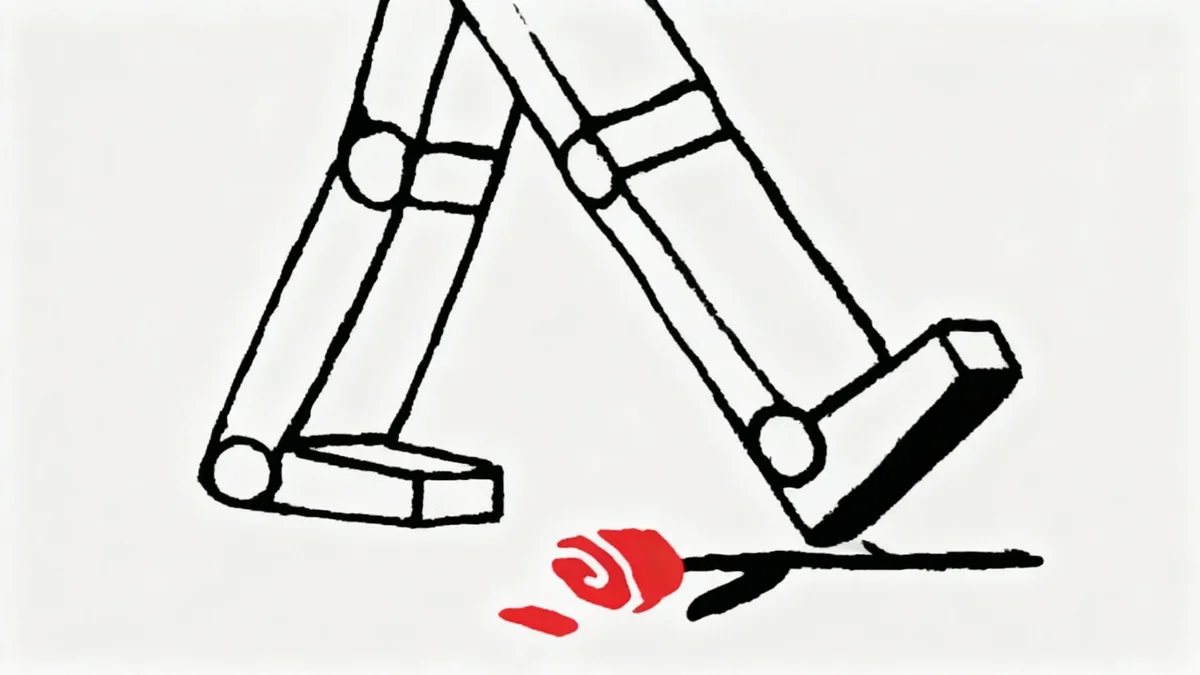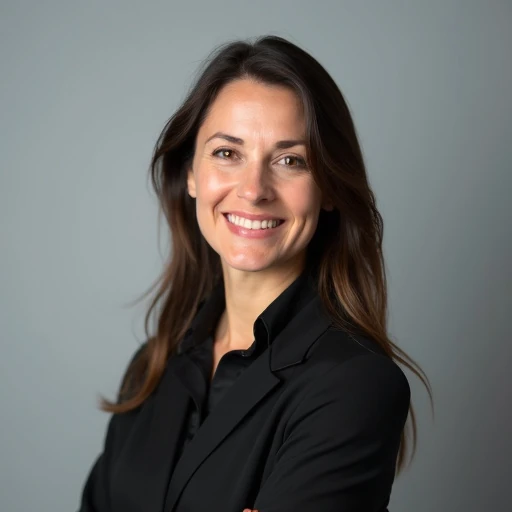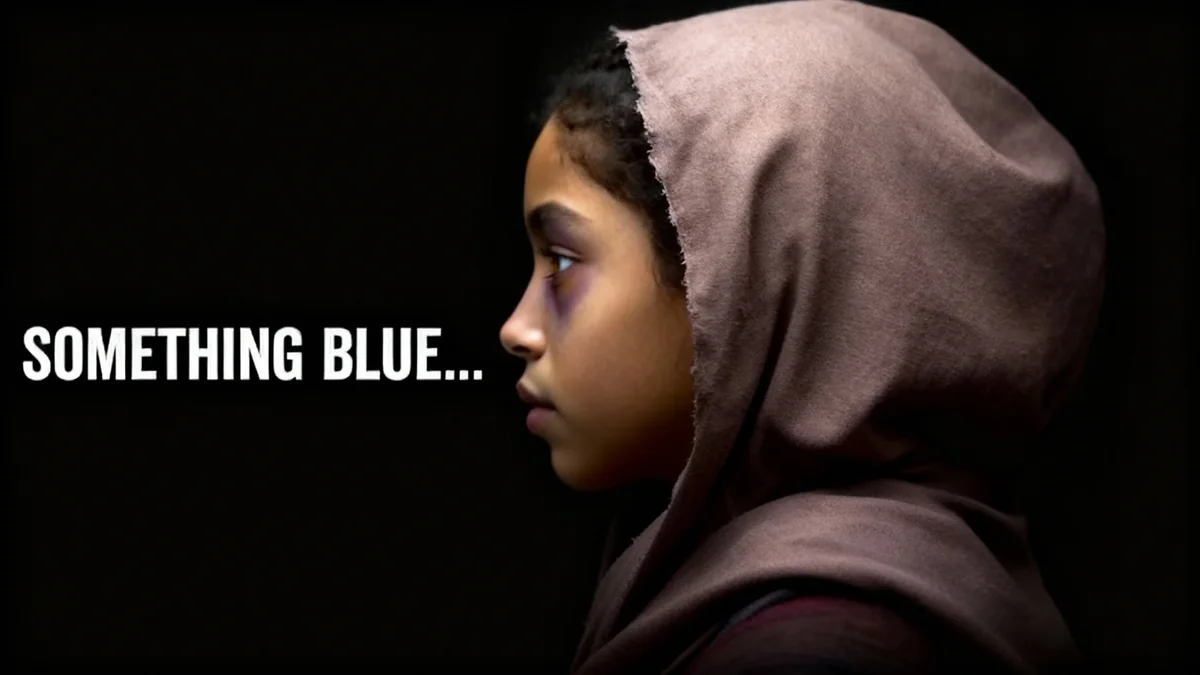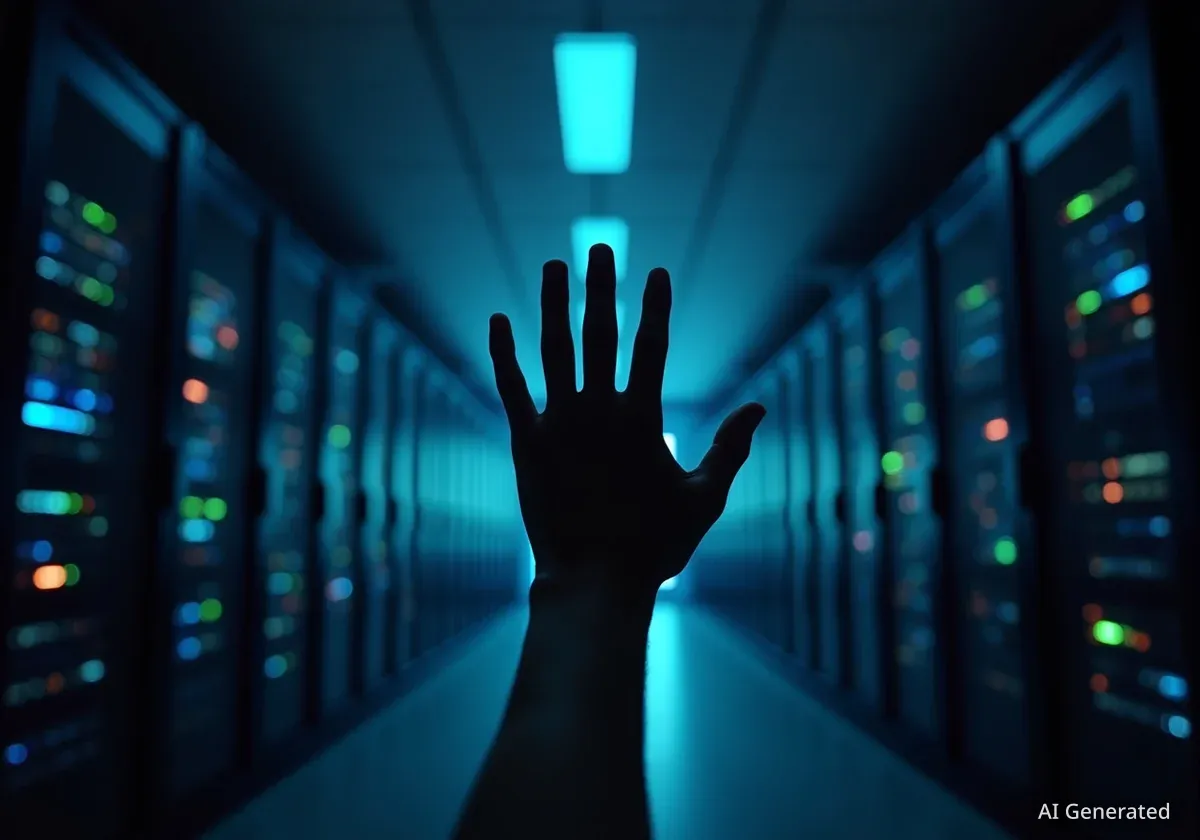The increasing integration of generative artificial intelligence into daily life is creating a new form of skepticism, where the authenticity of human creativity is frequently questioned. As AI tools become capable of producing high-quality text, art, and music, the line between human and machine-generated content is blurring, leading to a re-evaluation of what constitutes genuine expression.
This phenomenon extends beyond professional fields into personal interactions, raising concerns about the perceived value of creative acts. When a heartfelt speech, a clever joke, or a thoughtful message could be the product of an algorithm, it changes how people experience and appreciate these moments of connection.
Key Takeaways
- The widespread availability of generative AI is fostering public skepticism about the authenticity of creative works, from speeches to art.
- A central debate has emerged between viewing creativity as a formulaic remix of existing ideas versus an innate human spark.
- Industry leaders like OpenAI's Sam Altman suggest creativity is largely a process of iteration, downplaying the unique 'spark' of human ingenuity.
- Critics argue that this perspective overlooks the importance of the creative process itself, which is a fundamental aspect of the human experience.
- The uncertainty surrounding AI's role in creative expression may diminish the audience's enjoyment and trust in what they see and hear.
The New Era of Creative Doubt
As generative AI tools like ChatGPT become household names, a subtle but significant shift is occurring in social perception. A well-crafted piece of writing or an eloquent public address, once met with simple admiration, may now be viewed with a degree of suspicion. The question, "Did you use AI for this?" is becoming more common in both personal and professional settings.
This emerging skepticism stems from the remarkable ability of large language models (LLMs) to replicate human-like expression. A person delivering a moving tribute at a family gathering might find their efforts questioned, with observers wondering if the emotional depth was algorithmically generated. Even if the work is entirely original, the mere possibility of AI involvement can alter the audience's experience.
This effect is not limited to text. It is present in various creative domains, including comedy, music, and visual arts. Audiences may wonder if a comedian's routine was polished by an AI, or if a musician's lyrics were co-written by a machine. This uncertainty threatens to erode the connection between the creator and the audience, a bond built on the perception of shared human experience.
Background: The Rise of Generative AI
Generative AI refers to artificial intelligence models capable of creating new content, such as text, images, audio, and video, based on the data they were trained on. The public release of powerful tools like OpenAI's ChatGPT in late 2022 and image generators like Midjourney and DALL-E made this technology widely accessible, accelerating its integration into countless industries and personal workflows.
Defining Creativity in the Age of AI
The rise of AI has reignited a long-standing debate about the nature of creativity. One perspective, often articulated by figures in the tech industry, frames creativity as a sophisticated process of recombination and refinement. This view suggests that all new ideas are essentially remixes of existing ones.
The 'Remix' Theory of Creativity
This viewpoint is exemplified by statements from leaders like OpenAI CEO Sam Altman. He has publicly described creativity as a formulaic process involving the remixing of past ideas, combined with feedback loops and iterations. In this model, the unique, spontaneous spark of human insight—what some might call 'magic'—is considered a minor variable.
"Everything 'creative' is a remix of things that happened in the past, plus epsilon and times the quality of the feedback loop and the number of iterations... People think they should maximize epsilon but the trick is to maximize the other two."
In this context, 'epsilon' is a mathematical term for an infinitesimally small quantity, used here to represent the unique spark of originality. Proponents of this view argue that AI is simply a powerful tool that excels at the iterative and remixing aspects of creativity, making it a natural partner for human creators.
The Argument for Human 'Magic'
Conversely, many artists, writers, and thinkers argue that this utilitarian view fails to capture the essence of human creativity. They point to historical examples of profound artistic breakthroughs that seem to defy simple explanation. These moments are often described as instances of channeling a 'higher power' or tapping into a deep, intuitive understanding.
Historical Examples of Rapid Creativity
- Paul McCartney: According to accounts, the melody for The Beatles' song "Yesterday" came to him in a dream, fully formed.
- Wolfgang Amadeus Mozart: He reportedly composed his final three symphonies in a span of about nine weeks in 1788 and wrote his first symphony at the age of eight.
These examples are often cited to argue that creativity is more than a simple algorithm of remixing past works; it involves a unique and often inexplicable human element.
This perspective holds that true creativity is not just about the final product but about the deeply human process of its creation. The struggle, the sudden insight, and the emotional investment are integral to the work's value. From this standpoint, outsourcing the creative effort to a machine, no matter how capable, fundamentally changes the nature of the act.
The Value of Process Over Product
A key point of contention in the AI and creativity debate is the emphasis on outcomes. The tech-centric view often prioritizes the efficiency and quality of the final product. If AI can help produce a better essay, a more compelling marketing campaign, or a more beautiful image faster, then its use is justified.
However, this perspective can overlook the inherent value of the creative process itself. For many people, the act of creating is a source of joy, fulfillment, and personal growth. Learning to play a musical instrument, writing poetry, or painting is often undertaken not for a commercial outcome but for the intrinsic satisfaction of the experience.
This engagement in the creative process is a core part of what it means to be human. It is a way of making sense of the world, expressing emotion, and connecting with others. The concern is that an over-reliance on AI could lead to an atrophying of these creative muscles, as people increasingly turn to machines to bypass the effortful but rewarding work of creation.
Even if AI eventually surpasses human ability in all creative fields, the act of human creation will likely retain its value. The joy of singing with friends, the satisfaction of writing a personal story, or the pride in building something with one's own hands are experiences that cannot be replicated by a machine, regardless of the quality of its output.
Navigating an Uncertain Future
As society moves forward, the challenge will be to integrate AI tools in a way that enhances, rather than replaces, human creativity. This may involve developing new norms around disclosure, where creators are transparent about the role AI played in their work. It also requires a cultural appreciation for both the final product and the human effort behind it.
The conversation is shifting from whether AI can create to how its creations are perceived and valued. The 'magic' of a powerful speech or a brilliant song may not lie solely in the words or notes themselves, but in the knowledge that they originated from another human mind. Preserving that connection in an age of artificial intelligence is the critical task ahead.





